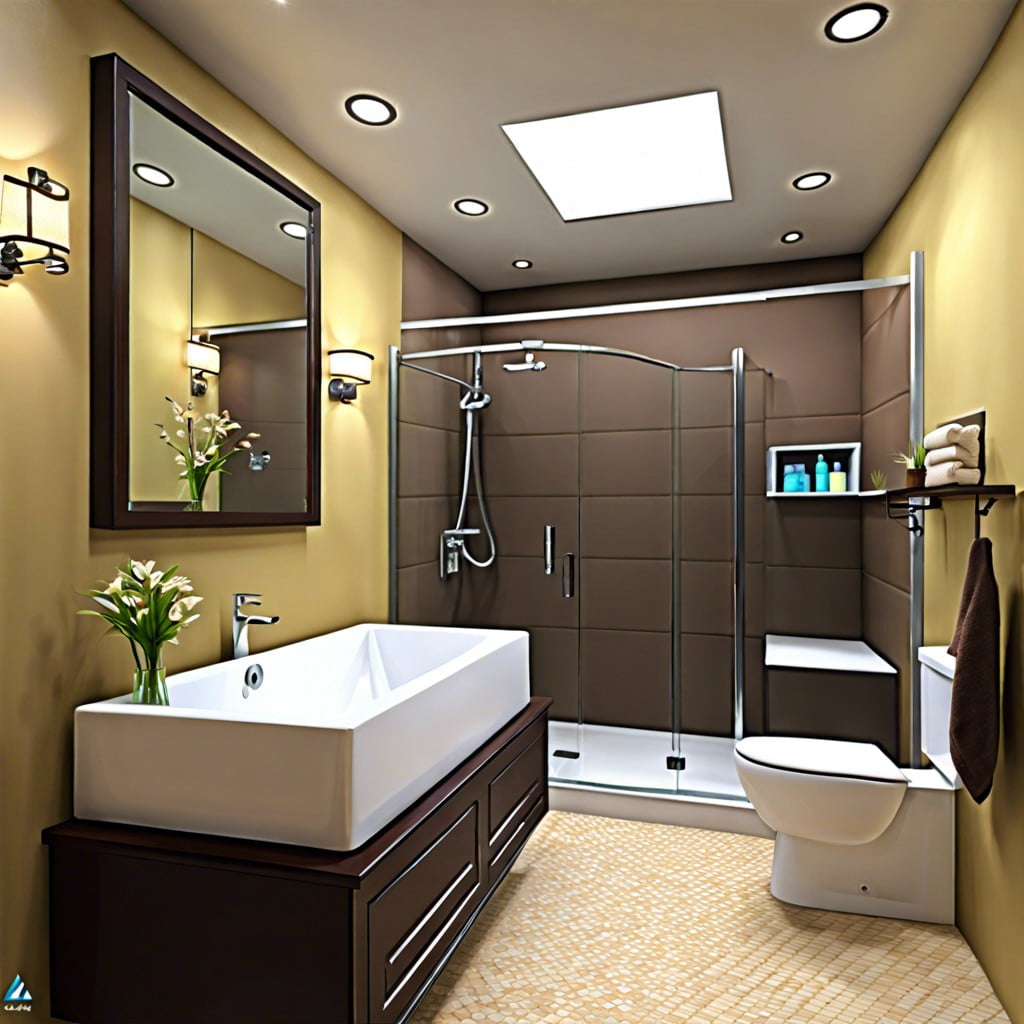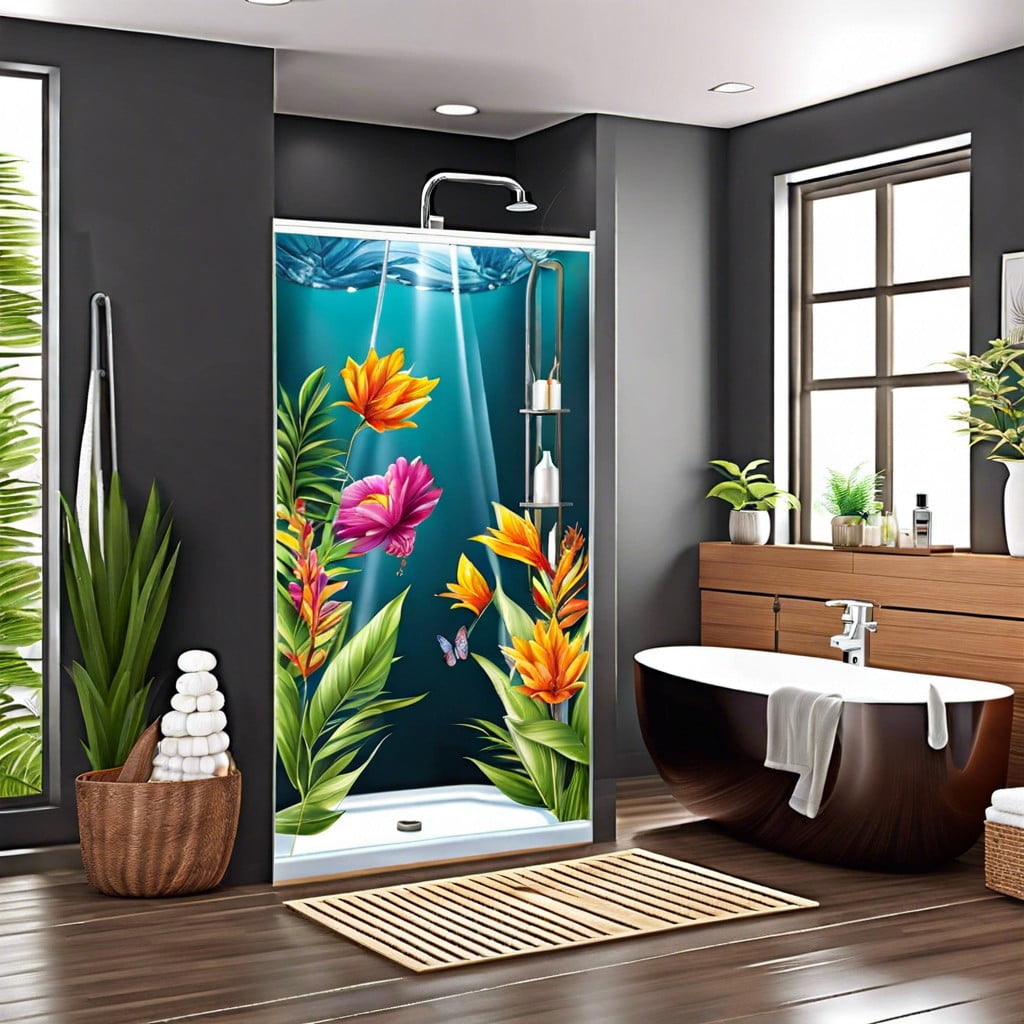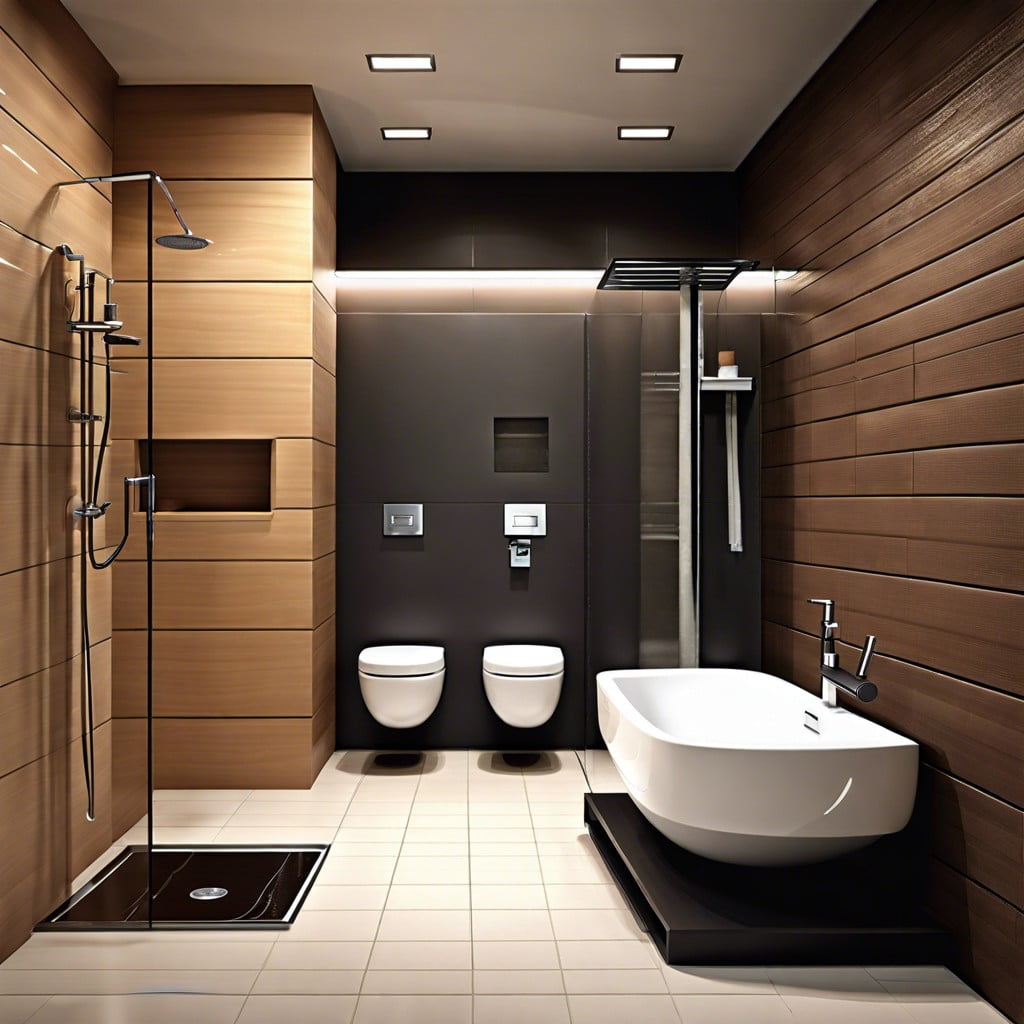Last updated on
Learn the polite and casual ways to ask permission to use the bathroom in Spanish.
Key takeaways:
- “¿Puedo ir al baño?” is the straightforward way to ask.
- “¿Puedo ir al baño, por favor?” is a more polite version.
- “¿Podría ir al baño?” is the formal and polite way to ask.
- Use “por favor” to show courtesy.
- Familiarize yourself with slang and informal expressions.
What Is “Can I Go To The Bathroom?” in Spanish?
When you need to request a bathroom break in Spanish, the straightforward translation is, “¿Puedo ir al baño?” Yet, it’s essential to note the nuances. In Latin cultures, politeness is highly valued, hence adding “Por favor” at the end elevates your request to a more courteous level: “¿Puedo ir al baño, por favor?”
However, if you’re in a more formal setting or speaking to someone you’d like to show respect to, such as an elder or an authority figure, consider using, “¿Podría ir al baño?” This translates to “Could I go to the bathroom?” and is seen as more polite and formal.
Suppose you’re in a classroom setting or speaking with a teacher; you might use “¿Me permite ir al baño?” or “May I go to the bathroom?” indicating respect and seeking permission. Remember, these subtle linguistic shifts carry weight in communication beyond the direct translation.
Polite Forms for Asking to Use the Bathroom
Understanding the importance of politeness cannot be overstated when requesting permission to use the restroom. In Spanish-speaking cultures, showing respect is paramount, especially in formal settings or when addressing strangers.
Elevate your language by adding “por favor,” meaning “please,” at the end of the question to exemplify courtesy.
Begin with “¿Puedo” for “can I” as a standard approach, followed by “ir al baño,” the direct translation for “go to the bathroom.” Together it’s, “¿Puedo ir al baño, por favor?”
Should you find yourself in more formal environments or speaking to someone of higher status, opt for “¿Podría ir al baño?” This translates to “May I go to the bathroom?” and demonstrates an extra layer of politeness.
Remember, small nuances in phrasing can make a significant impact on the impression you leave.
Cultural Awareness: Understanding Bathroom Etiquette
Navigating bathroom etiquette in Spanish-speaking locales requires a dose of cultural sensitivity. Realize that direct translations might not always be culturally appropriate. In many cases, a bit more formality is expected than in English.
- Use “usted” instead of “tú” when asking permission in formal settings or with individuals you have just met to show respect.
- Include expressions like “por favor” (please) and “disculpe” (excuse me) to come across as polite and considerate.
- Be aware that in some areas, public restrooms may charge a small fee or expect a tip for the attendant, so keep some change handy.
- Recognize that toilet paper often goes in a waste bin next to the toilet instead of being flushed.
- Appreciate that asking for the restroom might not always be direct; sometimes, it’s implied through phrases like “¿Dónde puedo lavarme las manos?” (Where can I wash my hands?).
Remembering these points will not only make your interactions smoother but also show your respect for local customs.
Practical Tips for Finding a Bathroom in Spanish-Speaking Regions
Navigating new places can be a challenge, especially in Spanish-speaking regions. Rest assured, there’s a straightforward approach to ensure you locate a bathroom when needed:
1. Look for signage: Words like “Baño,” “Servicios,” or “Sanitarios” indicate restrooms. Keep an eye out for familiar symbols too.
2. Use a language app: Technology can bridge language barriers. A quick phrase translation or a map search can ease the search process.
3. Ask locals: Don’t hesitate to ask. A simple “¿Dónde está el baño?” can go a long way. People tend to be helpful.
4. Find large public spaces: Malls, museums, and parks usually have facilities. Locate a customer service desk for directions.
5. Plan ahead: When traveling, noting the locations of public restrooms along your route can save stress later on.
Remember, patience and politeness are your best allies in securing a successful search.
Say It Like a Local: Slang and Informal Expressions
When mingling with locals, it’s always a fascinating twist to drop a colloquial expression into the conversation. In various Spanish-speaking areas, you might hear:
– “¿Dónde está el baño?” remains your go-to phrase but tends to be formal. – In Spain, “¿Puedo ir al servicio?” uses “servicio” as a polite and common term. – In some Latin American countries, “¿Dónde está el sanitario?” may be preferred and understood. – For a casual setting, “¿Dónde queda el aseo?” can be used, though it’s more typical in Spain. – Amongst friends, it wouldn’t be unusual to hear, “Necesito ir al ñoba” in Argentina, or “¿Puedo usar el wáter?” which uses the Anglicism “water.”Remember, each region has its own quirks; observing locals can give you the best clue on what’s currently in vogue.
Recap




